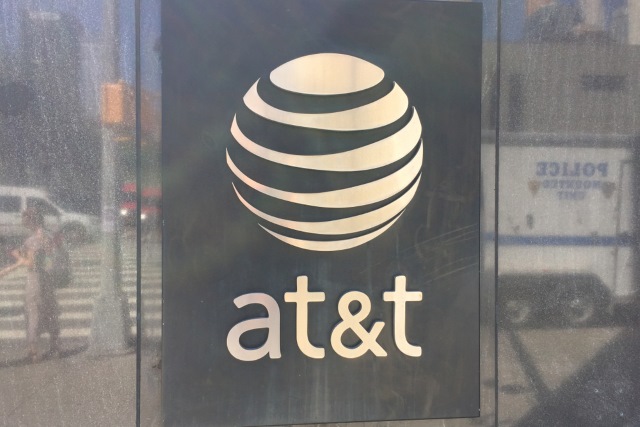Report: AT&T is helping the NSA with surveillance using secret buildings throughout the US

A report published by the Intercept alleges that AT&T has eight buildings across the US which are used to collaborate on surveillance with the NSA.
Found in Atlanta, Chicago, Dallas, Los Angeles, New York City, San Francisco, Seattle, and Washington, DC, these "peering" facilities are home to networking equipment through which a lot of US and global internet traffic is routed. The Intercept says that there is a lot of evidence to suggest that "the buildings are central to an NSA spying initiative that has for years monitored billions of emails, phone calls, and online chats passing across US territory".
This is not the first time we have heard about such buildings; a couple of years ago, the Intercept talked about such a facility in New York City. AT&T refers to them as "Service Node Routing Complexes" (SNRCs) internally, and this is a phrase we heard from Edward Snowden when he leaked a cache of NSA documents.
It is believed that the eight buildings are part of a surveillance program called FAIRVIEW which has been around since the mid-80s. AT&T is a valuable asset to the NSA not only because of its previously stated "extreme willingness to help", but also because it has relationships with other telecoms providers, opening up the potential for even greater surveillance operations. As the Intercept explains:
There are hundreds of AT&T-owned properties scattered across the US. The eight identified by The Intercept serve a specific function, processing AT&T customers' data and also carrying large quantities of data from other internet providers. They are known as "backbone" and "peering" facilities.
While network operators would usually prefer to send data through their own networks, often a more direct and cost-efficient path is provided by other providers' infrastructure. If one network in a specific area of the country is overloaded with data traffic, another operator with capacity to spare can sell or exchange bandwidth, reducing the strain on the congested region. This exchange of traffic is called "peering" and is an essential feature of the internet.
Because of AT&T's position as one of the US's leading telecommunications companies, it has a large network that is frequently used by other providers to transport their customers' data. Companies that "peer" with AT&T include the American telecommunications giants Sprint, Cogent Communications, and Level 3, as well as foreign companies such as Sweden's Telia, India's Tata Communications, Italy's Telecom Italia, and Germany's Deutsche Telekom.
Mark Klein, a former AT&T technician, says that the NSA is able to monitor the eight sites and access "not only AT&T's data, [but] they get all the data that's interchanged between AT&T's network and other companies".
The Intercept shares details from a previously unseen NSA document, marked Top Secret, which shows the surveillance capabilities of the NSA using the identified sites.
Unsurprisingly, AT&T and the NSA are tight-lipped about the matter. Christopher Augustine, a spokesperson for the NSA, said the agency could "neither confirm nor deny its role in alleged classified intelligence activities".
Image credit: NYCStock / Shutterstock